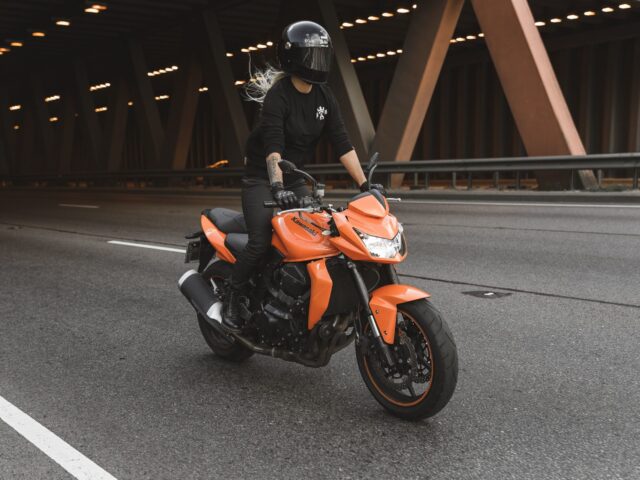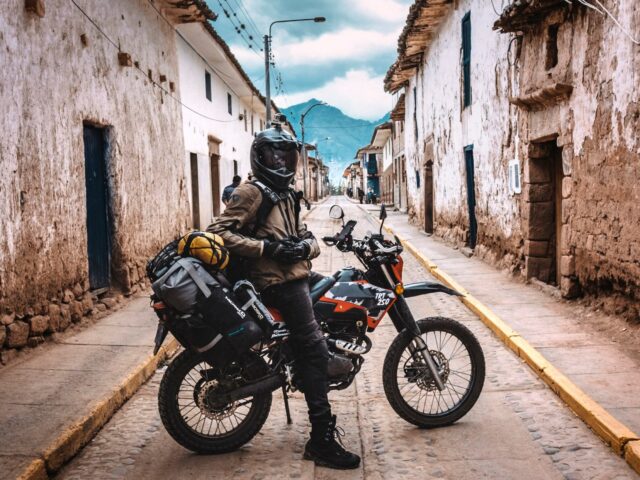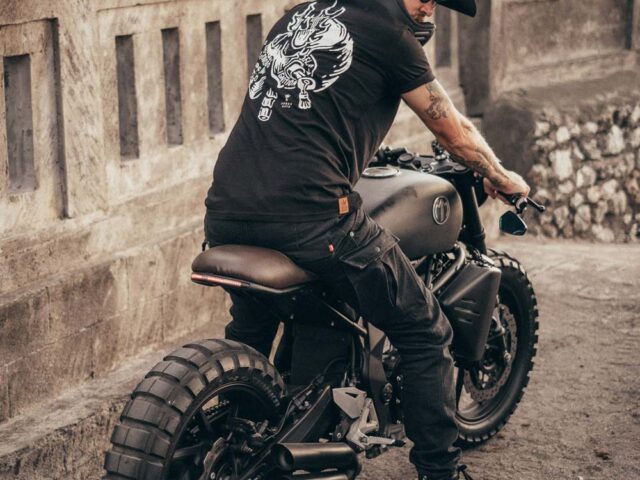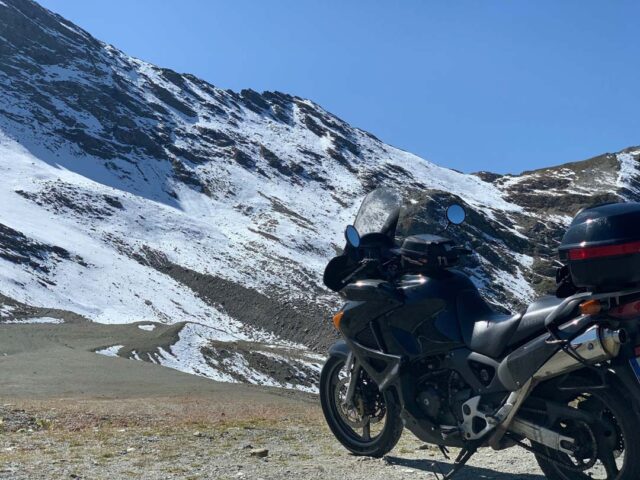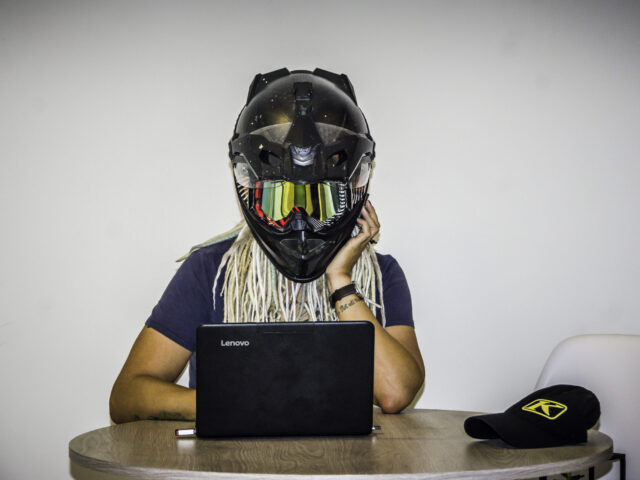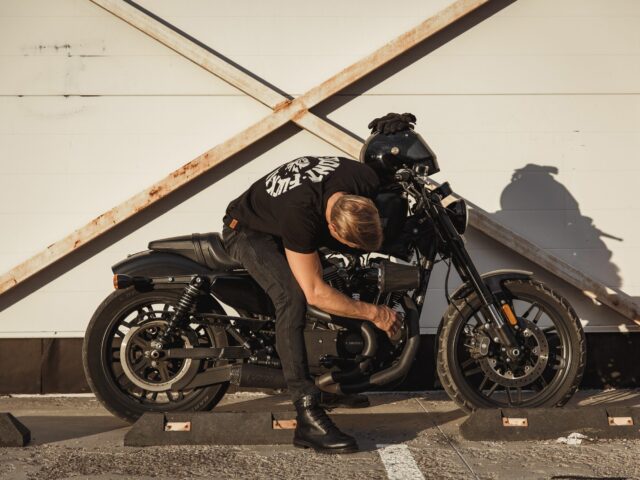Motorcycle Gear Tips: How to Choose the Perfect Fit for You
January 08, 2020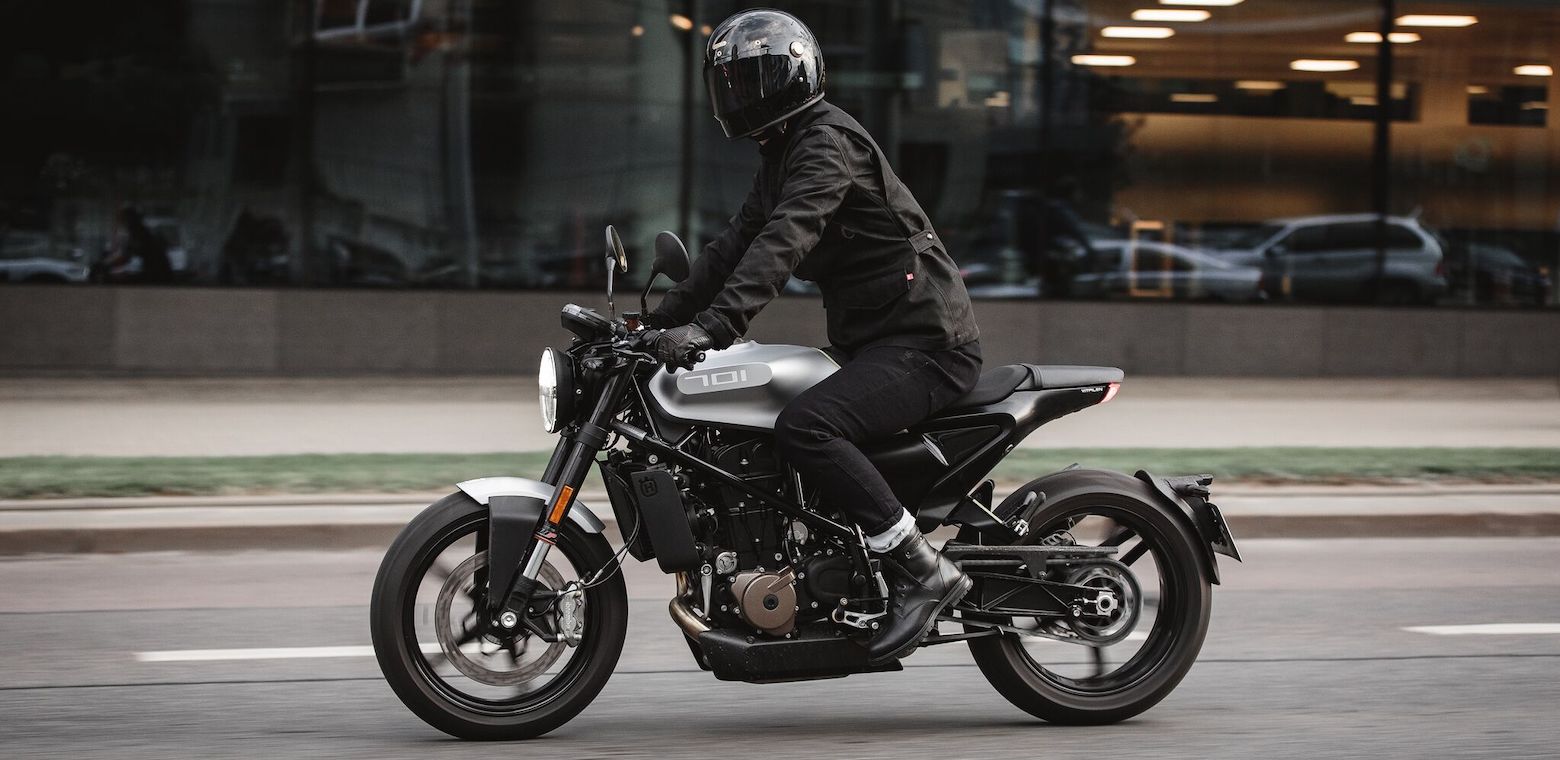
Whether you’re a seasoned rider or a complete noob, choosing proper motorcycle gear is key. As riders, we might have more freedom, but we are at a higher risk of potential injury than car drivers.
Good quality motorcycle safety gear can protect you in case of an accident. And you should always gear up when you’re getting on the bike – ATGATT (All The Gear, All the Time), right? Even if it’s just a short commute to work or a quick nip to a café, proper motorcycle gear is essential for a safe ride.
However, buying motorcycle gear is no easy task. Textiles or leather? Full adventure riding suit or Kevlar jeans and a light jacket? Waterproof or summer gear? If your head is already spinning from all of the choices out there, we’ve got you covered.
At Pando Moto, we ride all year round, all around the world, and we’ve got some tips to help you out when it comes to choosing rad gear.
Here’s what you need to get started:
What Motorcycle Gear Do I Need?
If you’re just starting out, chances are, you’re tempted to spend all your hard-earned cash on the bike and helmet – and not much else. Don’t make the newbie mistake of spending all your money on the brand-new motorcycle and saving none for the gear! Any veteran rider would tell you that road rash is no fun – take it from those who have experienced it first-hand.
Motorcycle Helmets
Never skimp on a decent quality helmet
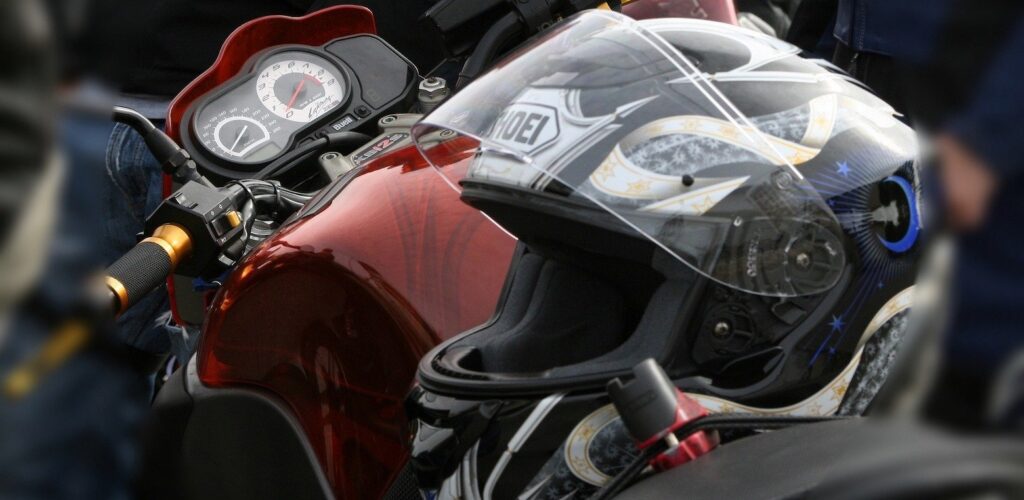
To begin with, you’ll need a decent-quality helmet. Don’t skimp on it: your head is the most valuable part of your body, so make sure it’s well-protected.
Depending on the type of riding you do – street, commuting, adventure, or dirt – you can choose between open-face, modular, full face, and adventure or dirt bike helmets.
Open-face and modular helmets are great for city riding, whereas a full-face helmet would work better if you’re into longer distances or death-defying speeds.
Adventure type and dirt bike helmets typically have a peak to protect your eyes from direct sunlight and can be used either with a visor, goggles, or both.
Motorcycle Safety Gear Tips
City commuter? Simple set up of sturdy motorcycle boots, kevlar jeans, a good jacket, and a helmet is enough.
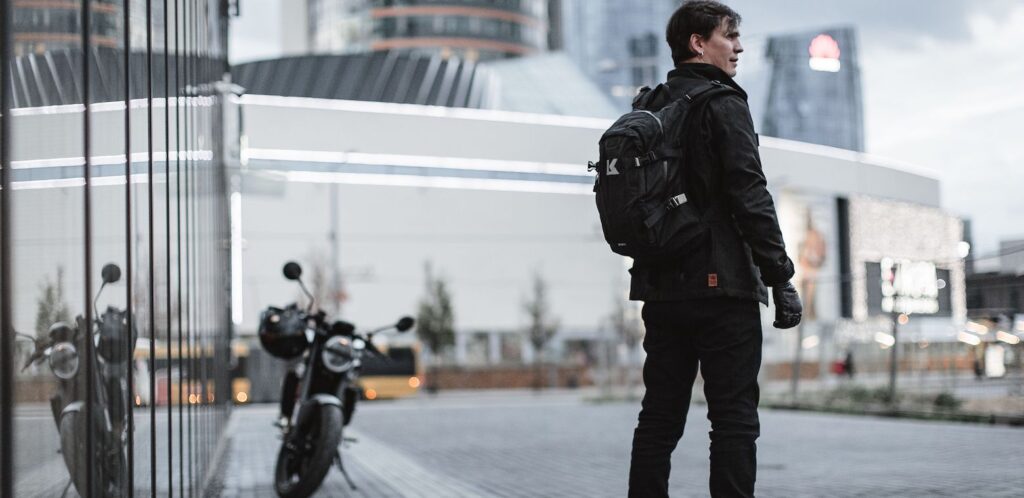
Next up is your riding jacket and pants. Since there are myriads of options on the market, your choice of gear would depend on the type of riding you intend to do, just like with your helmet.
- For commuting and city riding, a light textile jacket and Kevlar jeans are a great fit. Light, stylish, yet highly protective, riding jeans and textile jackets are usually enough for short rides and slow-moving city traffic.
- If you’re into long-distance or adventure riding, opt for a full adventure riding suit. Usually made from high-quality anti-abrasion textiles, adventure riding suits are made to last and are typically waterproof.
- Planning a track day with your riding buddies? A leather riding suit is ideal for doing those high-speed laps around the track, with additional back, elbow, and knee protection.
Motorcycle Boots and Gloves
Finally, you’ll need some sturdy motorcycle boots and a pair of gloves. Anything from a full-on adventure boot to a reinforced, ankle-high motorcycle boot aimed at city riders will do. But make sure the boots you choose are made for motorcycle riding.
Steel-capped work boots or those purple Dr. Martens you love so much may seem like a good idea but bear in mind that they won’t have the ankle, foot, and shin protection which riding boots have. Imagine your foot getting trapped under the bike – not pretty, huh? So choose wisely and get proper motorcycle boots.
When it comes to gloves, pick a pair that has good knuckle protection as well as padded palms.
Ideally, have a pair of light summer gloves and, if you’re a die-hard motorcycle nutter, who laughs at the face of cold and rain, and refuses to stop riding even when the temperature drops below zero – a pair of thicker, warmer, waterproof winter gloves.
Motorcycle Gear Tips: Do’s and Don’ts
Regardless of what type of riding you do, proper motorcycle gear needs to fit well, protect you from injuries, weather, and road grime, and finally, look good. Sounds like a mission impossible? Don’t worry: we have some solid pointers to help you out.
Here’s what you should be looking for when buying motorcycle gear:
- Quality. If you’re buying textile riding gear, make sure the fabric is breathable but abrasion-resistant. It should also have plenty of vents for hot weather riding. Motorcycle riding jeans should be made from high-quality materials such as Kevlar or Dyneema and be CE-approved.
- Protection. Your riding jacket should have armor in the back, shoulders, and elbows. The riding pants should have armor inserts at the coccyx, hips, and knees, and if you’re looking for riding jeans, they should have armor pads at the hips and knees. Riding boots should be at least ankle-high, with reinforced toe protection. Your helmet should be ECE or DOT-certified.
- Fit. Well-fitting gear doesn’t just look better; it protects you better. When you’re trying out different motorcycle riding gear, make sure it feels snug but not restrictive. See that all the protective pads sit in the right places. When it comes to your helmet, it should fit snugly but not too tightly – tight-fitting helmets may cause headaches, but if a helmet is too loose, it may not protect your head properly in case of a crash.
Motocross and track racing gear looks very different, but both are all about protection
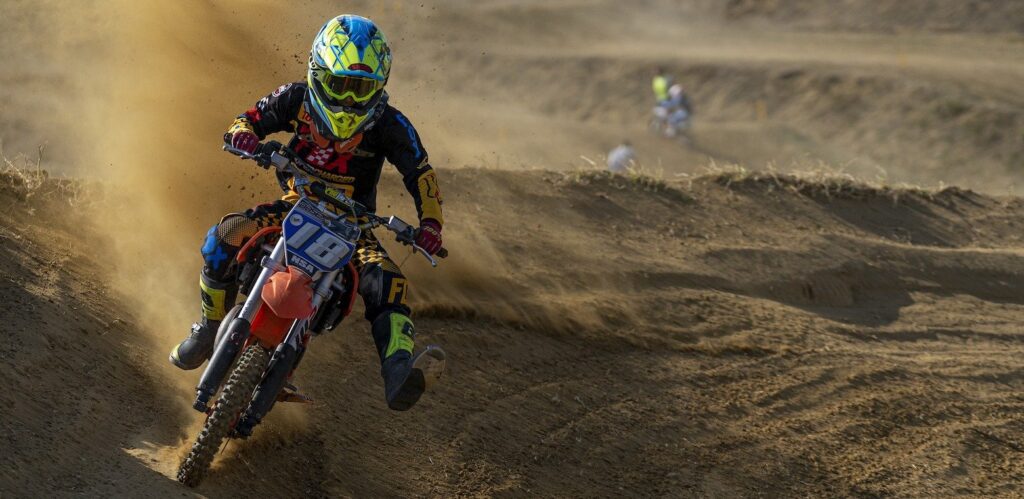
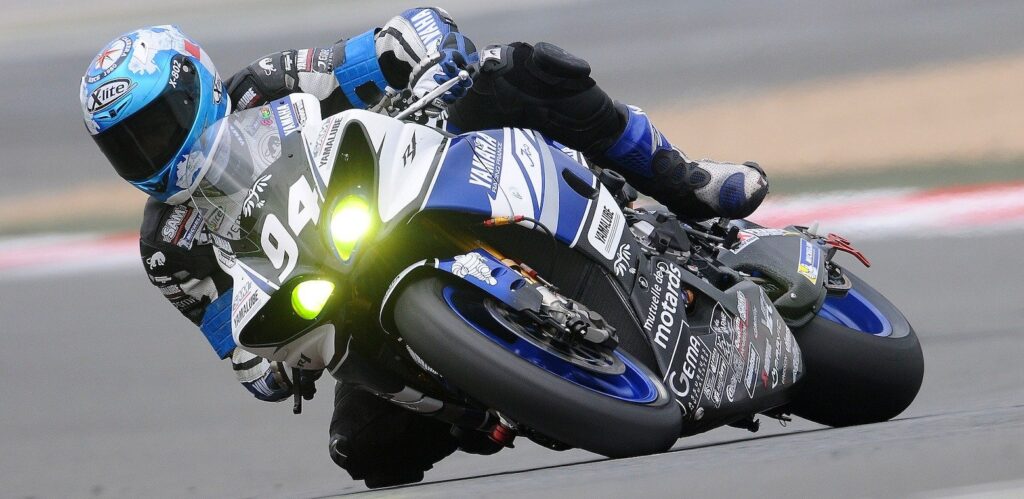
Some of the best motorcycle gear is made with all of these features in mind. Quality, protection, and fit are the most important factors when buying motorcycle clothing, and you should never skimp on your safety.
But it doesn’t mean you should sacrifice an arm and a leg for decent quality riding gear, as there are plenty of brands that offer mid-range riding jackets, pants, gloves, and boots.
It’s not about choosing the most expensive gear; it’s about getting the best quality you can afford. If all else fails, it’s always better to buy good quality gear second-hand than purchase cheap knock-off stuff brand-new.
The only piece of gear you should never buy used is a helmet – you can’t ever be sure whether the previous owner hadn’t dropped it or otherwise damaged it, making it unsafe to ride.
We hope these motorcycle gear tips has helped you quell the panic of trying to find the motorcycle gear that’ll look good and protect you in case you ever find yourself rubber-side up. If you’re still confused or have any questions, drop us a line – we’re always happy to help!
Other Tips and Tricks:
- What Motorcycle Gear to Wear on Warm Summer Days
- Care and Maintenance: how to keep your motorcycle gear fresh and clean?
- Leather motorcycle apparel: a timeless fashion and safety statement
- Top Tips for Beginner Motorcyclists
- Top Motorcycle Pants for Women
- Motorcycle Safety: Top Tips For Riding Motorcycle In The Dark
- Top Motogear Buying Tips
- Top Tips for Riding Motorcycle in Winter
- Style Or Safety? Choosing Motorcycle Gear That Works
- The Quick Motorcycle Helmet Guide
